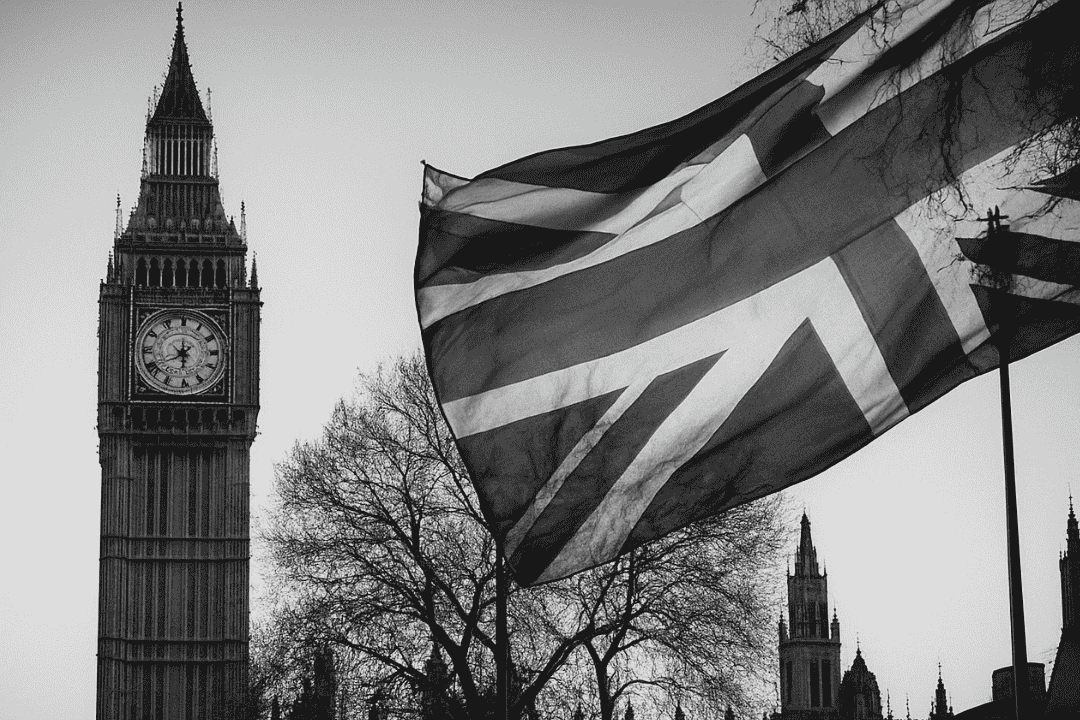What is the ownership structure?
Ownership structure refers to the way a business is organized and owned. It outlines how the ownership is divided among individuals or entities involved in the company. Identifying it is crucial as it shows who's the decision-maker, who controls the company's assets, and who reaps the benefits of its success. In the context of KYB, identifying ownership structure helps to determine beneficial owners and people with significant control that should be verified during the KYB process.
Types of Ownership Structure
Sole Proprietorship: A sole proprietorship is a business owned and operated by a single individual. In this case, there is no separate legal entity, and the owner is personally liable for all business obligations and debts.
Partnership: A partnership involves two or more individuals or entities owning and operating a business together. Partners share in the profits, losses, and management responsibilities according to the partnership agreement.
Limited Liability Company (LLC): An LLC is a hybrid business entity that combines the limited liability features of a corporation with the tax flexibility and operational simplicity of a partnership or sole proprietorship. Members of an LLC can be individuals, corporations, or other LLCs.
Corporation: A corporation is a separate legal entity from its owners (shareholders). Corporations can be either privately held or publicly traded. In a private corporation, shares are held by a relatively small number of shareholders and cannot be publicly traded. In a public corporation, shares are traded on a stock exchange, and ownership is distributed among a larger number of shareholders.
Public vs. Private Companies: Public companies are those that have issued securities through an initial public offering (IPO) and are traded on a public stock exchange. Private companies, on the other hand, are owned by a limited number of shareholders and do not trade their shares publicly.
Why is ownership structure important?
The overview of ownership structure helps to identify and verify the most important personas behind the business and verify the business’s legitimacy.
Analyzing the business structure as part of KYB helps assess the potential risks associated with a partner. Understanding who holds significant control in the company and their backgrounds allows businesses to evaluate the risk of financial stability, legal issues, or their links to illicit activities.
For financial institutions, knowledge of the ownership structure helps in decision-making processes. Especially those related to approving transactions, setting credit limits, and managing financial risks.
How to identify ownership structure?
Identifying ownership structure involves checking the percentage of ownership each party holds in a business. This information can be found in legal documents like the articles of incorporation, or partnership agreements. This data can even be found in financial reports. Key indicators include the number of shares owned by each shareholder. Important aspects are also the voting rights associated with ownership, or the percentage ownership stake of each partner in a partnership.
The shareholder register helps to identify the business structure of corporations. This document provides a detailed list of all shareholders. It includes their names, addresses, the number of shares they hold, and the percentage of ownership they have in the company.
This information is also listed in government agencies, databases, and, to some extent, in public registries.
It is essential to obtain accurate and up-to-date information about a company's beneficial owners and shareholders. It helps to identify potential risks, such as money laundering, terrorist financing, or other illicit activities. Additionally, many jurisdictions have strict regulations and reporting requirements related to beneficial ownership, and failure to comply can result in significant penalties or legal consequences.
Ownership structure chart
An ownership structure chart visually represents the distribution of ownership in a business. It typically includes the names of the owners or shareholders and the percentage of ownership each holds. This chart gives a quick overview of the hierarchy and relationships within the company.
How Dotfile can help you understand ownership structure?
Dotfile provides end-to-end business verification including the identification and verification of owners. Depending on the compliance and business needs, you can define the due diligence process for UBOs, shareholders, and other important entities. Our intuitive platform features an interactive business structure graph. It gives a high-level overview of the case. Dotfile allows you to automate KYB, discover and verify UBOs, and understand the risk associated with them. It all contributes to making informed decisions.
Conclusion
The ownership structure analysis is a key step of the KYB process. By understanding the ownership dynamics, businesses can mitigate risks and ensure compliance. It allows to build more secure and transparent business relationships. Dotfile helps businesses verify business counterparties and their owners anywhere in the world. Book a demo to see how we can help you.






